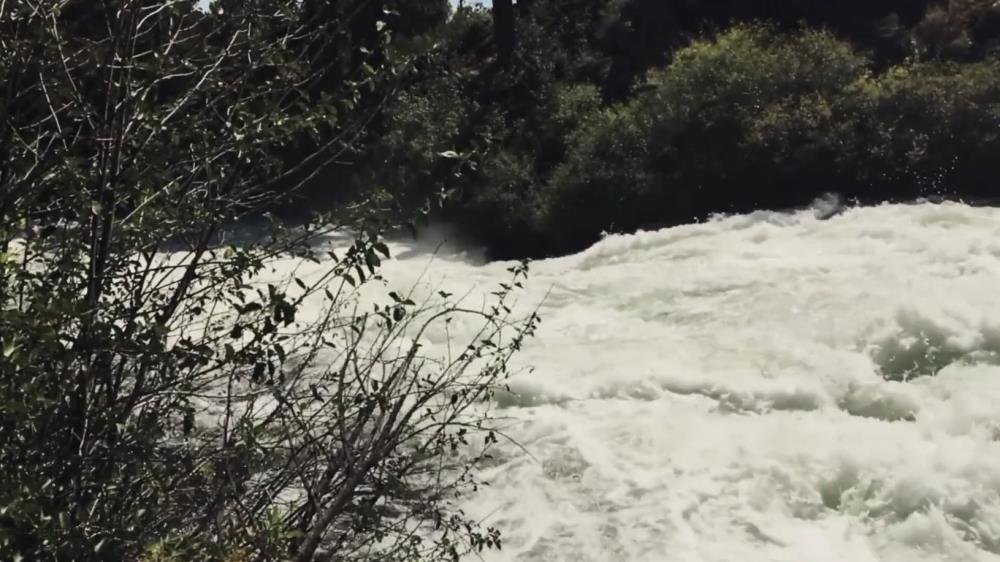
Related items loading ...
Section 1: Publication
Publication Type
Journal Article
Authorship
Neary, Laura K., Remmer, Casey R., Owca, Tanner J., Girard, Cory A.M., Kay, Mitchell L., Wiklund, Johan A., Imran, Arisha, Hall, Roland I., Wolfe, Brent B.
Title
Synthesis of a hydrological, water chemistry, and contaminants research program in the Peace-Athabasca Delta (Canada) to inform long-term monitoring of shallow lakes
Year
2024
Publication Outlet
Environmental Reviews. e-First
DOI
ISBN
ISSN
Citation
Neary, Laura K., Remmer, Casey R., Owca, Tanner J., Girard, Cory A.M., Kay, Mitchell L., Wiklund, Johan A., Imran, Arisha, Hall, Roland I., Wolfe, Brent B. (2024) Synthesis of a hydrological, water chemistry, and contaminants research program in the Peace-Athabasca Delta (Canada) to inform long-term monitoring of shallow lakes. Environmental Reviews. e-First.
https://doi.org/10.1139/er-2024-0041
Abstract
In a multistressor world, evidence-based stewardship of aquatic ecosystems requires long-term monitoring data to understand the timing and magnitude of environmental change and potential causes. At the Peace-Athabasca Delta (PAD; northeastern Alberta, Canada), concern for aquatic ecosystem degradation has triggered renewed and urgent calls by Indigenous, national, and international governance bodies for implementation of a long-term lake monitoring program capable of tracking changes in hydrological conditions and contaminant deposition attributable to major energy projects located upstream, climate change, and other unnatural and natural processes. Challenges imposed by the delta's size, hydrological complexity, inaccessibility of lakes, and other factors, however, have long impeded implementation of a delta-wide lake monitoring program. To address this pressing need, here we review and synthesize results obtained during 7 years (2015–2021) of intensive, multifaceted research at 60 shallow lakes spanning the delta's broad hydroecological gradients to inform an integrated hydrology, water chemistry, and contaminants monitoring program. The research involved systematic, repeated measurements of water isotope composition, water depth variation, water chemistry and turbidity, and metal(loid) concentrations in lake surface sediment and periphytic biofilm. Results reveal marked spatial and temporal variation of hydrological processes and their affects on lake water balance and depth, strong association between hydrological processes and lake water chemistry, and that concentrations of nickel and vanadium (key oil sands indicators) remain within the range of natural variation. Correspondence of generalized additive model trendlines for isotope-derived lake evaporation-to-inflow ratios and water chemistry with climate indices (Pacific Decadal Oscillation, Oceanic Niño Index) demonstrates the sensitivity, and predictability, of lake ecosystem processes in the delta to large-scale climatic patterns. We provide recommendations for field sampling, sample analysis, data display, and integration of information for ongoing monitoring at the PAD. These approaches are readily transferable to other complex landscapes with abundant shallow waterbodies threatened by multiple stressors that may alter hydrological regimes and contaminant delivery.
Plain Language Summary


 GWFNet
GWFNet Master
Master Data
Data Research
Research Map
Map
 Advanced
Advanced Tools
Tools
 . . .
. . .
 Metadata Editor
Metadata Editor
 Record List
Record List
 Alias List Editor
Alias List Editor
 Legacy sites
Legacy sites